Jan 08, Jewel in the British Crown
Slow Boat Down the Ganges Update 62
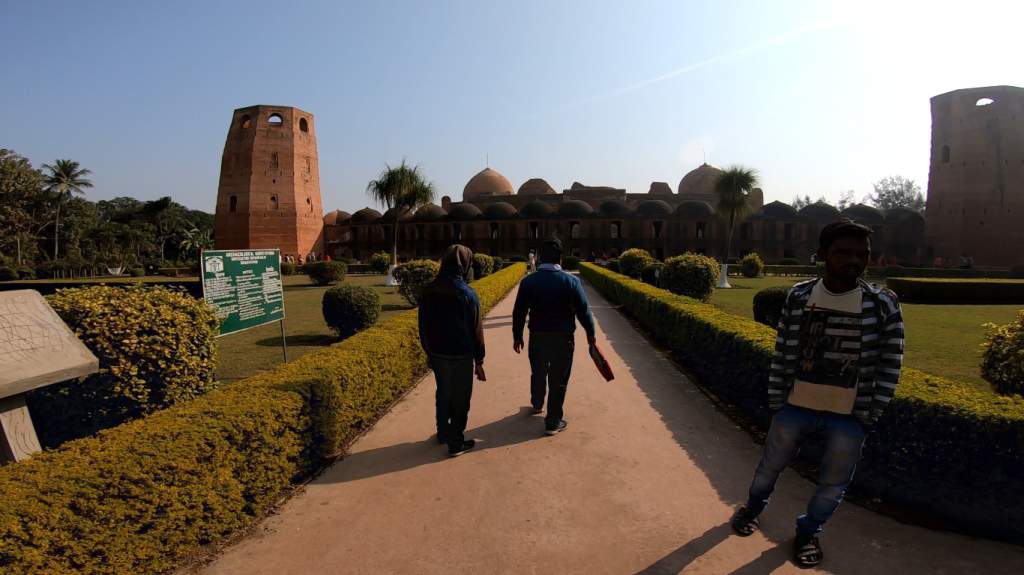
Murshid Quli Khan, the Diwan of Bengal under Aurangzeb transferred the capital from Dhaka, Bangladesh, and renamed the city Murshidabad after his own name, after getting Aurangzeb’s consent. Murshidabad became the capital of the Nawabs of Bengal, and even remained the seat of administration for the British. Murshid Quli Khan became the Nawab Nizam of Bengal in 1717. He was followed by his son in law Shuja-ud-din Muhammad, his son Sarfaraz Khan and then Alivardi Khan. Alivardi Khan’s grandson Siraj-ud-daula became the Nawab, raising jealousies and enmity among his peers.
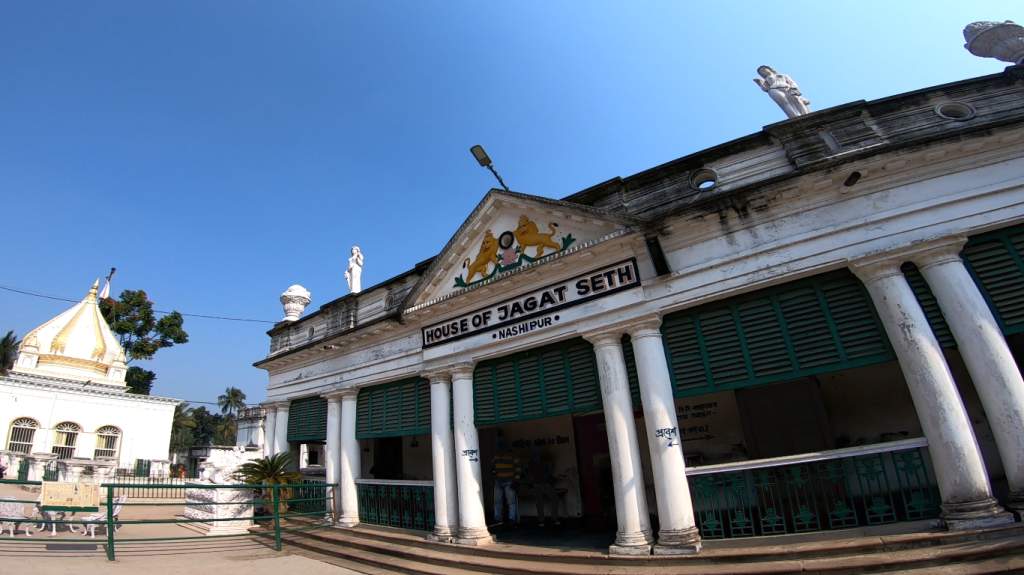
Discontent was rampant in the Court and many feared that their way of life was being hindered by Siraj-ud-daula, who also had an intense dislike for the British. The Seths, the traders of Bengal, were in perpetual fear for their wealth under the Nawab. A conspiracy was hatched and the British East Indian Company representative in Siraj-ud-daula’s Court, William Watts informed Clive about the plan to overthrow the Nawab. The conspirators included Mir Jafar, Jagat Seth, Rai Durlabh, Yar Lutuf Khan, Omi Chand and several officers in the army. A treaty was drawn up between the British and Mir Jafar to raise him to the throne in return for support to the British in the battlefield.
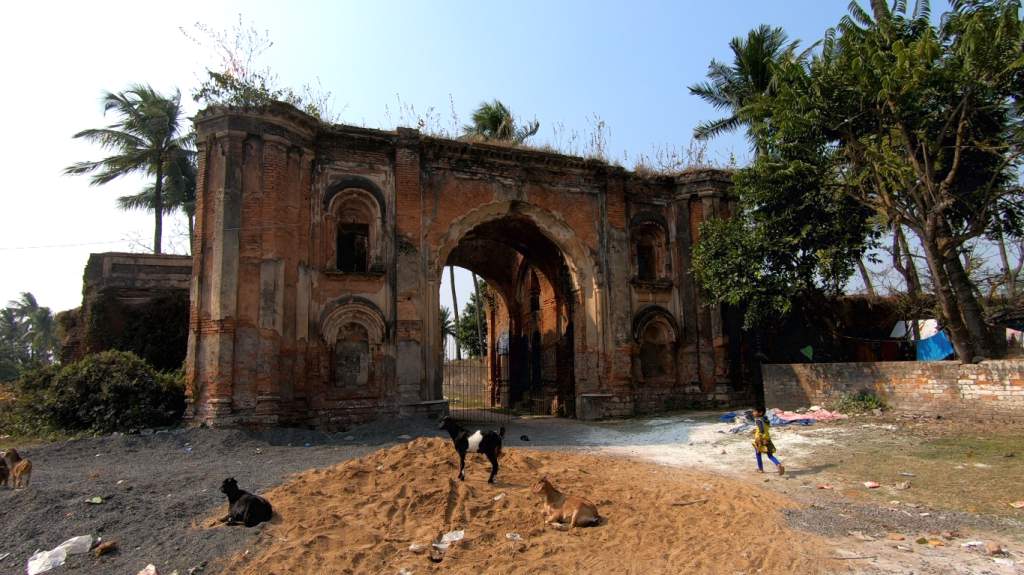
Meanwhile, rising against the British and vehemently opposing some of their activities, Siraj-ud-daula attacked and conquered Fort William in Calcutta, after which the British sent troops from Madras to recapture the fort and avenge the attack. A retreating Siraj-ud-daulah met the British at Plassey on June 23, 1757. Siraj-ud-daulah had to make camp 27 miles away from his capital at Murshidabad. He called on Mir Jafar, who unbeknownst to the Nawab, was already in cahoots with the British. Mir Jafar advised retreat for the day, the Nawab blundered in following this advice, giving Robert Clive the opportunity to attack. The Nawab’s army became undisciplined, lost the will to fight, and fled.
50,000 soldiers of Siraj-ud-daulah’s army along with 40 cannons and ten war elephants faced and were decisively defeated by 3,000 soldiers of Robert Clive. The battle ended in 11 hours.
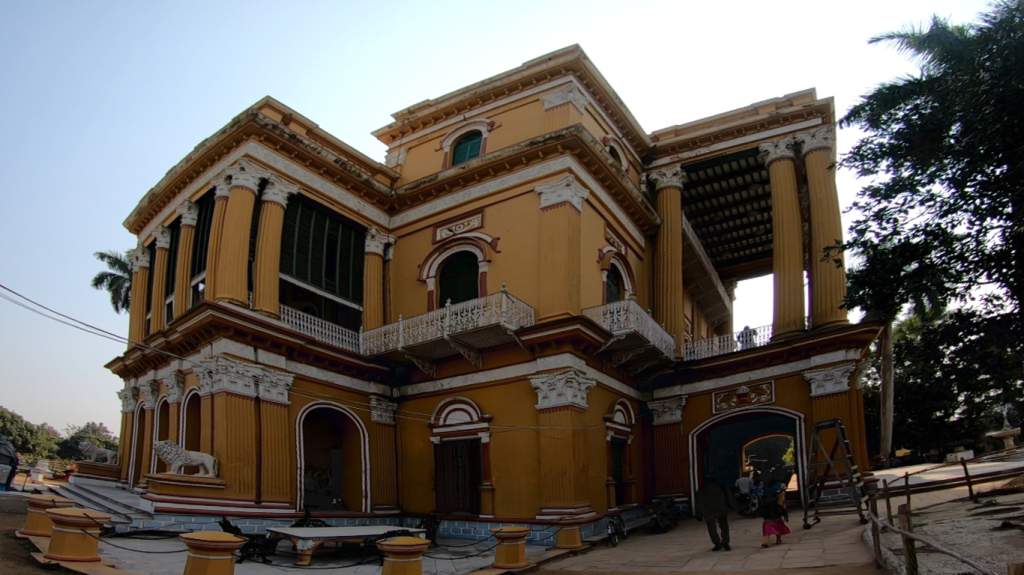
Betrayed by the conspiracy, Siraj-ud-daula lost the battle and had to escape, first to Murshidabad and then to Patna, before being arrested by Mir Jafar’s soldiers and was executed on 2 July, 1757 under orders from Mir Meerun, son of Mir Jafar, as part of the agreement between Mir Jafar and the British East India Company.
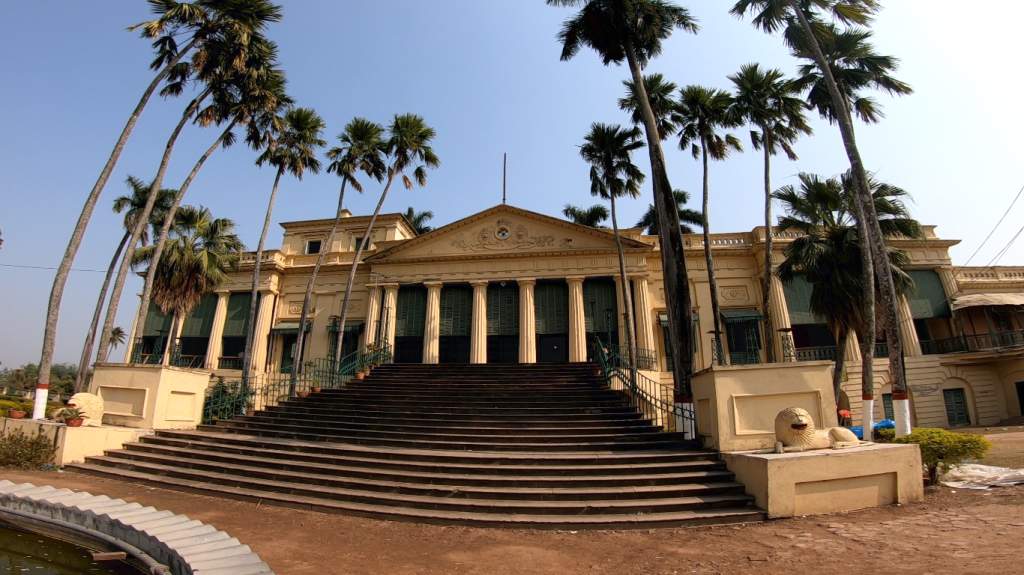
The Battle of Plassey is considered the turning point in the history of the subcontinent, opening the way to British domination of India over the next hundred years.
Mir Jafar was made the Nawab of Bengal and was in effect a puppet ruler. Even though the Nawabs were still the rulers of Bengal, a system of Dual Government was established where the writ of the British was paramount and the Nawabs could only execute what the British wanted. After the defeat at Battle of Buxar and grant of the Diwani of Bengal by the then Mughal Emperor Shah Alam II, to the British East India Company in August 1765, and the appointment of Warren Hastings by the British East India Company as the first Governor General of Bengal in 1773, the Nawabs became little more than titular rulers. The British East India Company formed the Bengal Presidency over areas ruled by the Nawabs.

In 1793, during Nawab Mubarak-ud-daulah’s reign, the Nizamat was abolished and the British East India Company annexed this former Mughal province as part of their empire, taking complete control of the region. The Nawabs of Bengal became pensioners of the British East India Company.
Interestingly, after the Partition of India, and for two days after Independence, Murshidabad was a part of Pakistan since it was a Muslim majority region. However, it became a part of India on August 17, 1947, and the Pakistani flag was replaced by the Indian flag on the ramparts of the Hazarduari Palace.
The Nawabs of Bengal were vassals to the larger Mughal Empire of India, but were left to administer their own dominions. The Nawabs of Bengal were Murshid Quli Khan (1717-1727), Sarfaraz Khan (1727-1731), Shuja-ud-Din Muhammad Khan (1731-1739), Sarfaraz Khan (1739-1740), Muhammad Alivardi Khan Bahadur (1740-1756), Muhammad Siraj-ud-Daulah (1756-1757), Mir Mohammad Jaffer Ali Khan Bahadur (1757-1760), Mir Qasim Ali Khan Bahadur (1760-1763), Mir Mohammad Jaffer Ali Khan Bahadur (1763-1765), Najimuddin Ali Khan Bahadur (1765-1766), Najabut Ali Khan Bahadur (1766-1770), Ashraf Ali Khan Bahadur (1770-1793), Babar Ali Khan Bahadur (1793-1810), Zain-ud-Din Ali Khan Bahadur (1810-1821), Ahmad Ali Khan Bahadur (1821-1824), Mubarak Ali Khan Bahadur (1824-1838), and Syed Mansoor Ali Khan Bahadur (1838-1880).
After Mir Jafar ascended the throne and became the Nawab of Bengal, the Bengal Sultanate became almost entirely run by the British East Indian Company. To many in India. Mir Jafar is the original traitor, who opened the doors to the Robert Clive of the British East India Company, and then to the annexation of India to the British Crown. Today, only the gate to Mir Jafar’s house exists, though there is a restricted property that houses his mausoleum. Close by there is another ground where 2,100 of his relations are buried. All in all, in state of disrepair.
The title of Nawab of Bengal was abolished in 1880 and the title changed to Nawab of Murshidabad. There were four of them, Syed Hassan Ali Mirza Khan Bahadur (1882-1906), Syed Wasif Ali Mirza Khan Bahadur (1906-1959), Syed Waris Ali Mirza Khan Bahadur (1959-1969) and Syed Mohammed Abbas Ali Mirza Khan Bahadur (2014-Present). In the years between 1969 and 2014 the title was disputed and being fought in Court. However, the Courts decided in favour of Syed Mohammed Abbas Ali Mirza Khan Bahadur, making him legal heir of the honorary title of Nawab of Murshidabad.
Murshidabad is indeed a historic town with much significance to the start of the British Empire in India. It is a quiet town, but there is a lot to see here. The major attraction is the Hazarduari Palace which was the seat of Dual Government that was set up after Mir Jafar was appointed the Nawab. Unfortunately, not much is exhibited in the well maintained Museum in the Hazarduari Palace of Siraj-ud-daula, his fight against the British, or indeed the decisive Battle of Plassey. A walk through the Museum is a testament to the reverence and deference the Nawabs after Siraj-ud-daula had towards and for their British masters. It is a study in capitulation to a foreign power, and not much to display the history of what arguably India’s first battle for independence. At least a battle that if won, would have prevented the next two centuries of British rule in India.
At least the British left behind the English language, making it easier for me to pen the story of this journey!
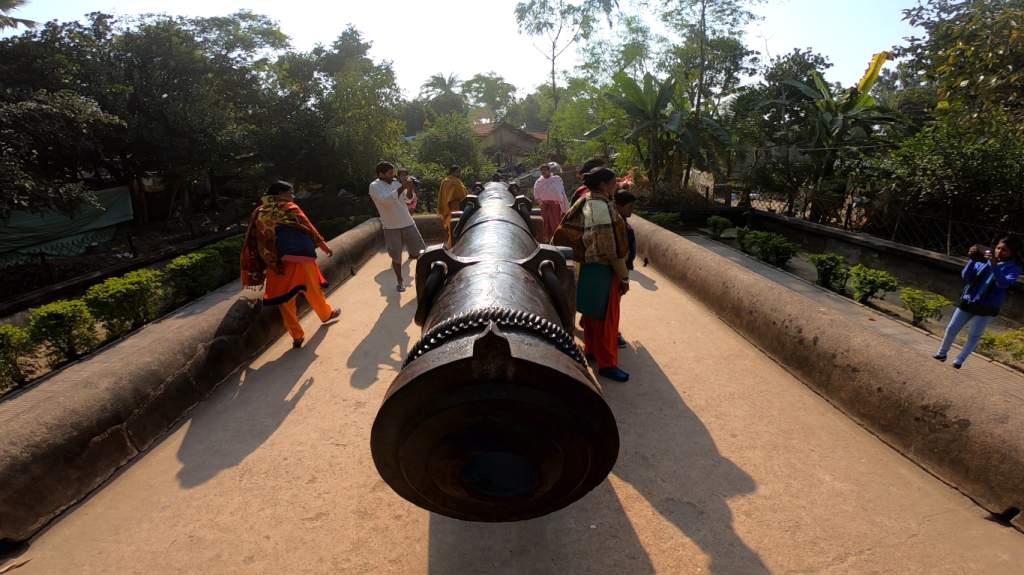




 (No Ratings Yet)
(No Ratings Yet)![]() Loading...
Loading...


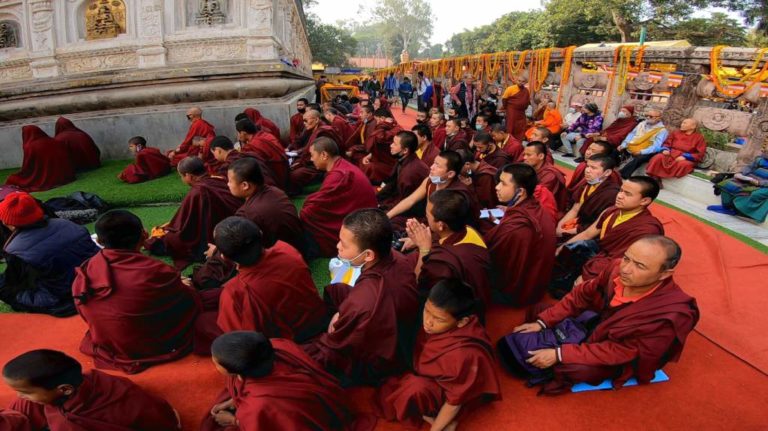



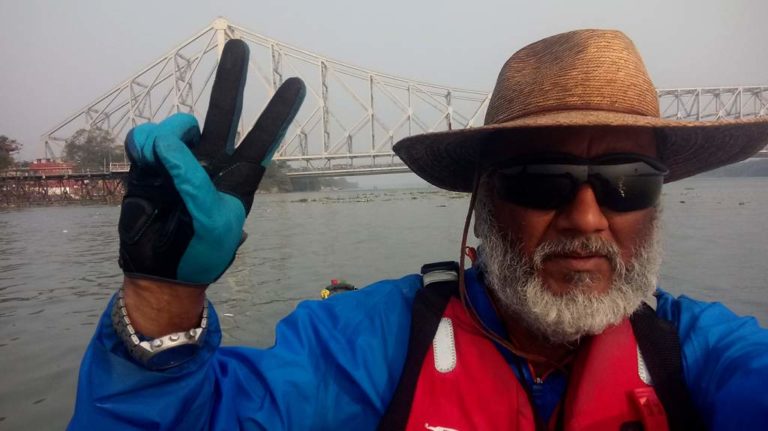
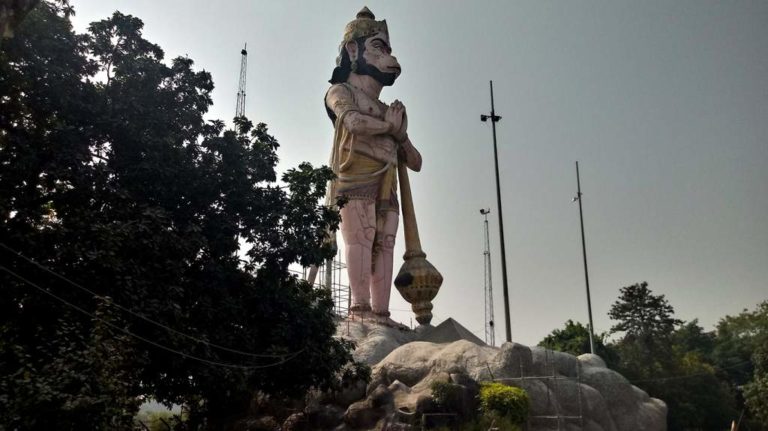
Good to refresh along with photographs. Now the history is fully embedded.